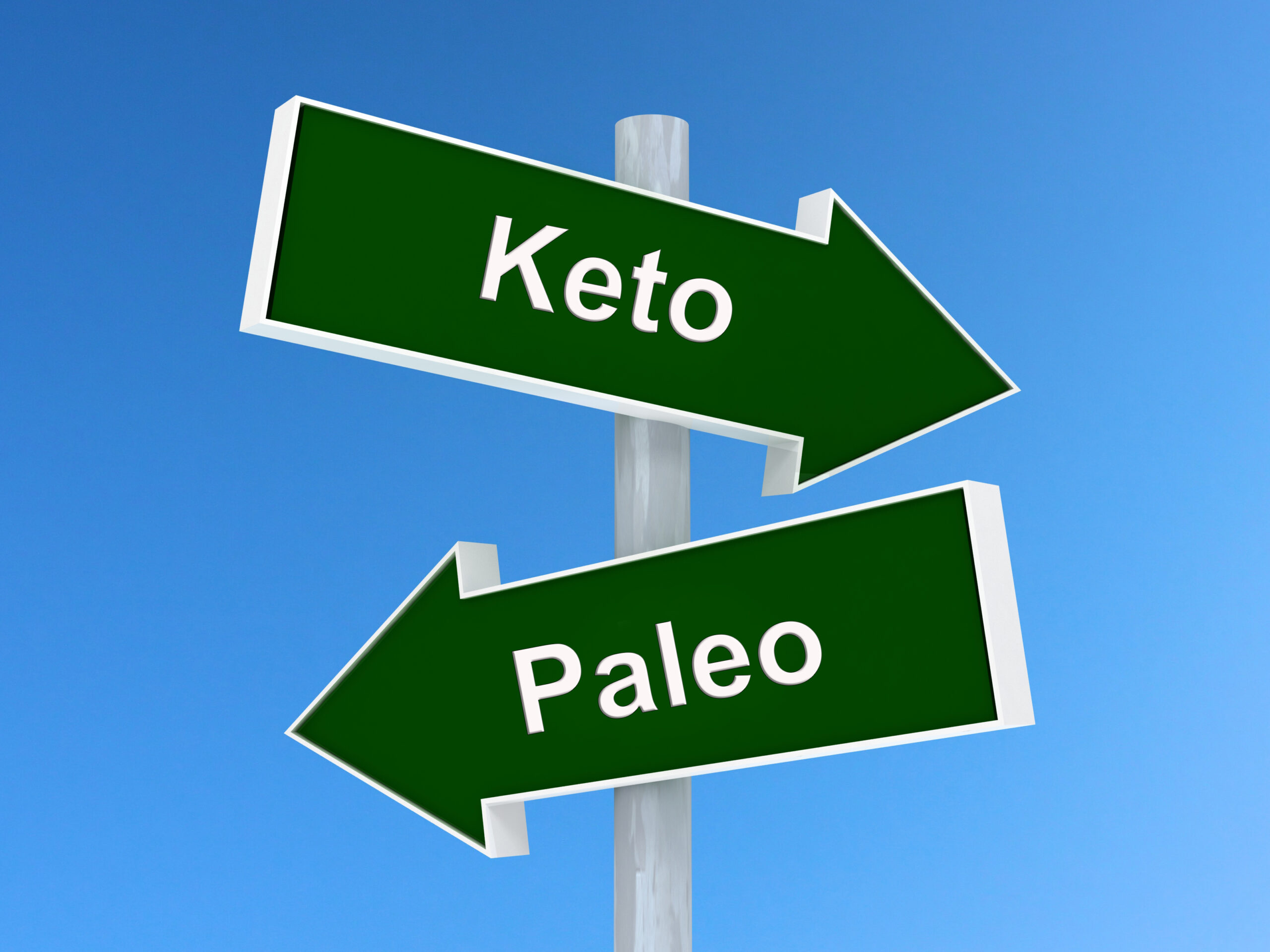Once again, Japan ranked first in the life expectancy index in 2017 (WHO, 2017). Wondering what factors make Japan always come first in this index? Is it their eating habits? Lifestyle? Or environmental factor? Well, eating habits play a vital role in longevity; “You are what you eat”. Eating the right foods can lead to a healthier and longer lifespan. The following factors contribute to longevity from picking the right foods.
Sex hormone Status
The average life expectancy of men tend to be lower than women. This could be due to the different in sex hormone levels. Research revealed that low serum testosterone, a male sex hormone, increases the risk of early death (Laughlin, 2007). Meanwhile, in both male and female, estrogen is highly associated with fractures (Kuchuk, 2007). In other words, sex hormones are related to injury. Sex hormones are synthesized from cholesterol, so consuming adequate amount of cholesterol is fundamental for sex hormone productions. It is thus unwise to exclude fat intakes.
Fatty acid content of cell membrane (mitochondrial, Red Blood Cell)
Choosing the correct type of fat is key. Our body needs fatty acids for cell growth, recovery and energy generation. Fatty acids such as omega-6 polyunsaturated fatty acid are response for oxidative stress and lead to the deterioration of cell nucleus. The monounsaturated and omega-3 fatty acids help remove free radicals produced from oxidative stress (Jose, 2006).
The same effect can also be found in blood vessels. The composition of fatty acid in blood vessel membrane is even more vital, as it directly affects the inflammatory response in humans. Unsurprisingly, omega-3 is better than omega-6 PUFA. As the inflammatory product produced is less harmful, the chance of developing chronic disease is lower if taking more omega-3 PUFA. In view of this, the study suggests intakes of omega-3 PUFA and monounsaturated fatty acid like fish and olive oil over saturated fatty acids. High proportion of omega-6 fatty acid also produces red blood cells more susceptible to oxidative damage, in turn reducing the amount of oxygen carriers in the body (Yuan, 2015). Meanwhile the chance of developing colon cancer is less if there are more omega-3 than omega-6 in red blood cell (Rifkin, 2017).
Triglyceride:HDL ratio
HDL is so-called the good type of cholesterol in your body, while triglyceride is the end product of fat digestion. Cholesterol intake is vital in longevity and cell growth. The difference between good(HDL) and bad(LDL) cholesterol are their composition, where triglyceride content is much higher in bad cholesterol. LDL cholesterol is anchored on blood vessels and increases the chance of having cardiovascular disease which limits the amount of blood flowing back to heart. While HDL is responsible for removing the bad cholesterol out of blood. High triglyceride to HDL ratio implies the chance of developing heart disease is high. Choose a better source of fat, prioritize omega-3 PUFA over other type of fatty acid. Meanwhile, avoid intaking excess cholesterol-dense food, instead eat more fiber-rich food that reduces the level of triglyceride or LDL. Maintaining a normal triglyceride to HDL ratio is crucial for longevity (Vnitr, 2006).
Waist Circumference
Maintaining an ideal waist circumference is important to longevity. A high waist circumference increases the chance of becoming overweight or obese. Visceral fat is associated with inflammation, and the inflammatory products are directly associated with aging-related diseases (Adriaensen, 2015). Individuals with apple-shaped body, where fat is accumulated above waist, have an increased chance of getting diseases. Various health agencies recommend the waist circumference should be limited to 40 inches or under for men, 35 inches or under for women.
Low fasting Insulin
High fasting insulin level is also related to a higher risk of cancer mortality. People with high blood glucose level are more susceptible to cancers (Tsujimoto, 2017). Limiting the amount of glucose intake is important to prevent cancers. Diabetes can also be prevented by reducing sugar
intake.
So, what are the keys for longevity? Switching omega-6 fatty acids with more omega-3 and monounsaturated fatty acids in your diet is one. Fish, which is high in omega-3 fatty acids is a common ingredient in the Japanese cuisine. It may explain their high their life expectancy. Other than being concerned with the food you eat, a healthy lifestyle is also vital. Doing moderate exercise, sleeping well, and most importantly having a positive mindset are also factors that will contribute to your longevity!
Reference
Adriaensen, W., Matheï, C., Vaes, B., Van, G., Wallemacq, P., & Degryse, J. M. (2015). Interleukin-6 as a first-rated serum inflammatory marker to predict mortality and hospitalization in the oldest old: A regression and CART approach in the BELFRAIL study. Retrieved November 24, 2017, from https://www.ncbi.nlm.nih.gov/pubmed/26051931
Dobiásová, M. (2006). [AIP–atherogenic index of plasma as a significant predictor of cardiovascular risk: from research to practice]. Retrieved November 24, 2017, from https://www.ncbi.nlm.nih.gov/pubmed/16526201
Kuchuk, N. O., Van, N. M., Pluijm, S. M., Smit, J. H., De, W., & Lips, P. (2007). The association of sex hormone levels with quantitative ultrasound, bone mineral density, bone turnover and osteoporotic fractures in older men and women. Retrieved November 24, 2017, from https://www.ncbi.nlm.nih.gov/pubmed/17555504
Laughlin, G. A., Barrett-Connor, E., & Bergstrom, J. (2008). Low serum testosterone and mortality in older men. Retrieved November 24, 2017, from https://www.ncbi.nlm.nih.gov/pubmed/17911176
Perseghin, G., Calori, G., Lattuada, G., Ragogna, F., Dugnani, E., Garancini, M. P., . . . Piemonti, L. (2012). Insulin resistance/hyperinsulinemia and cancer mortality: the Cremona study at the 15th year of follow-up. Retrieved November 24, 2017, from https://www.ncbi.nlm.nih.gov/pubmed/22215126
Quiles, J. L., Barja, G., Battino, M., Mataix, J., & Solfrizzi, V. (2006). Role of Olive Oil and Monounsaturated Fatty Acids in Mitochondrial Oxidative Stress and Aging. Nutrition Reviews, 64. doi:10.1111/j.1753-4887.2006.tb00261.x
Rifkin, S. B., Shrubsole, M. J., Cai, Q., Smalley, W. E., Ness, R. M., Swift, L. L., . . . Murff, H.J. (2017). PUFA levels in erythrocyte membrane phospholipids are differentially associated with colorectal adenoma risk. Retrieved November 24, 2017, from https://www.ncbi.nlm.nih.gov/pubmed/28660850
Yuan, T., Fan, W. B., Cong, Y., Xu, H. D., Li, C. J., Meng, J., . . . Zhao, J. N. (2015). Linoleic acid induces red blood cells and hemoglobin damage via oxidative mechanism. Retrieved November 24, 2017, from https://www.ncbi.nlm.nih.gov/pubmed/26191198


